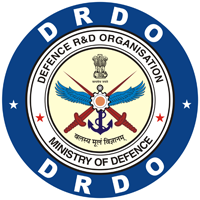Wastewater: A Reservoir of Antibiotic Resistance - Exploring the Impact on Public Health and the Environment
DOI:
https://doi.org/10.14429/dlsj.19766Keywords:
Antibiotic resistance, Wastewater, Public health, Environmental impact, Multifaceted approachAbstract
Human waste carries more than just waste; it houses a hidden world of microorganisms, including some alarming residents: Antibiotic-Resistant Bacteria (ARB). The overuse of antibiotics in medicine has fueled the rise of these “superbugs” in wastewater, posing a double threat to both human health and the environment. For humans, ARB in wastewater directly translates to infections that are harder to treat with traditional antibiotics. This especially concerns children, the elderly, and individuals with weakened immune systems. Beyond humans, ARB can contaminate water, soil, and food, potentially disrupting ecosystems and harming aquatic life. The impact does not stop there. ARB in agriculture can infect livestock, jeopardizing food safety and productivity. This, in turn, affects tourism, trade, and various other sectors. Confronting this challenge requires a multi-pronged approach. Regular monitoring of water, soil, and food helps identify contamination early. Tracking infectious diseases and antibiotic resistance patterns allows for targeted interventions. Ultimately, effective wastewater treatment and responsible antibiotic use are key to curbing the rise of these superbugs and safeguarding our health and the environment.
Downloads
Published
How to Cite
Issue
Section
License
Copyright (c) 2025 Defence Scientific Information & Documentation Centre (DESIDOC)where otherwise noted, the Articles on this site are licensed under Creative Commons License: CC Attribution-Noncommercial-No Derivative Works 2.5 India

